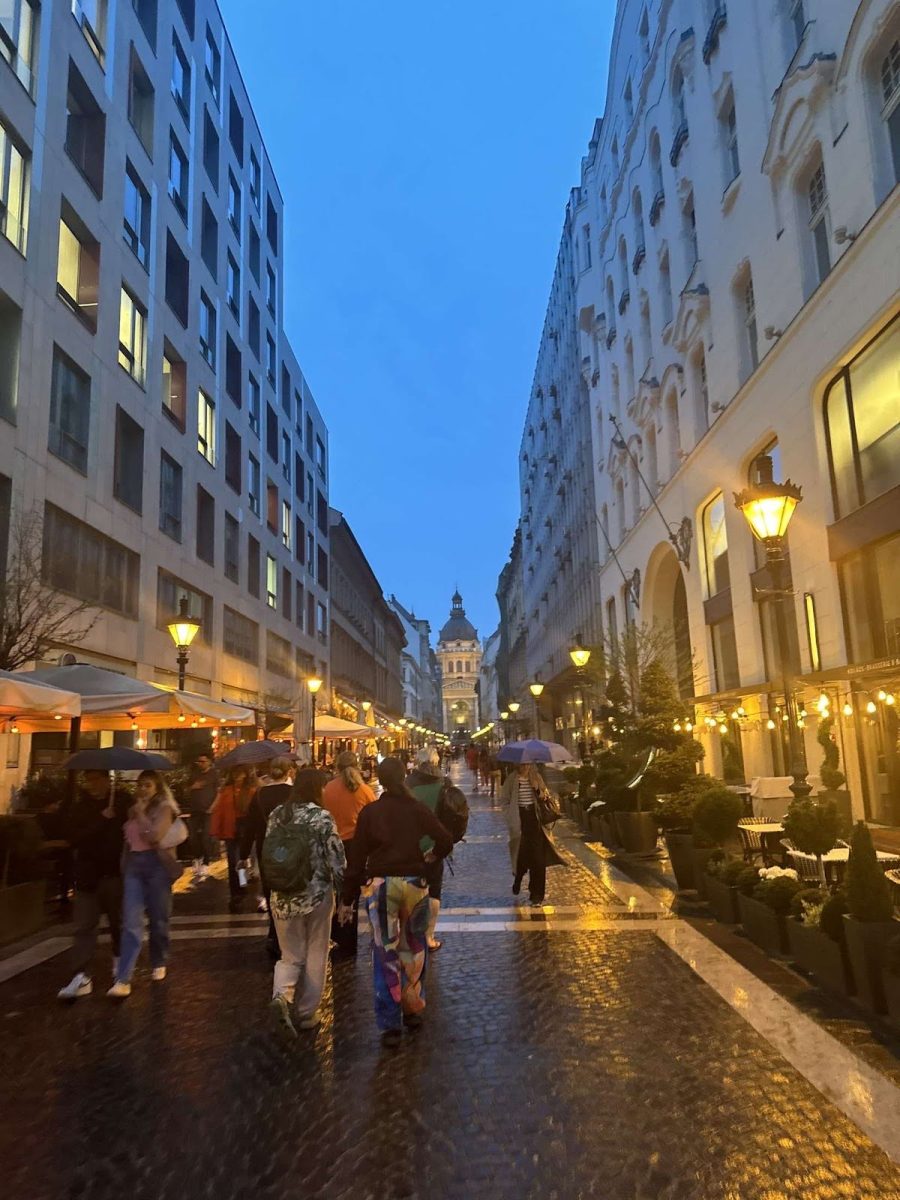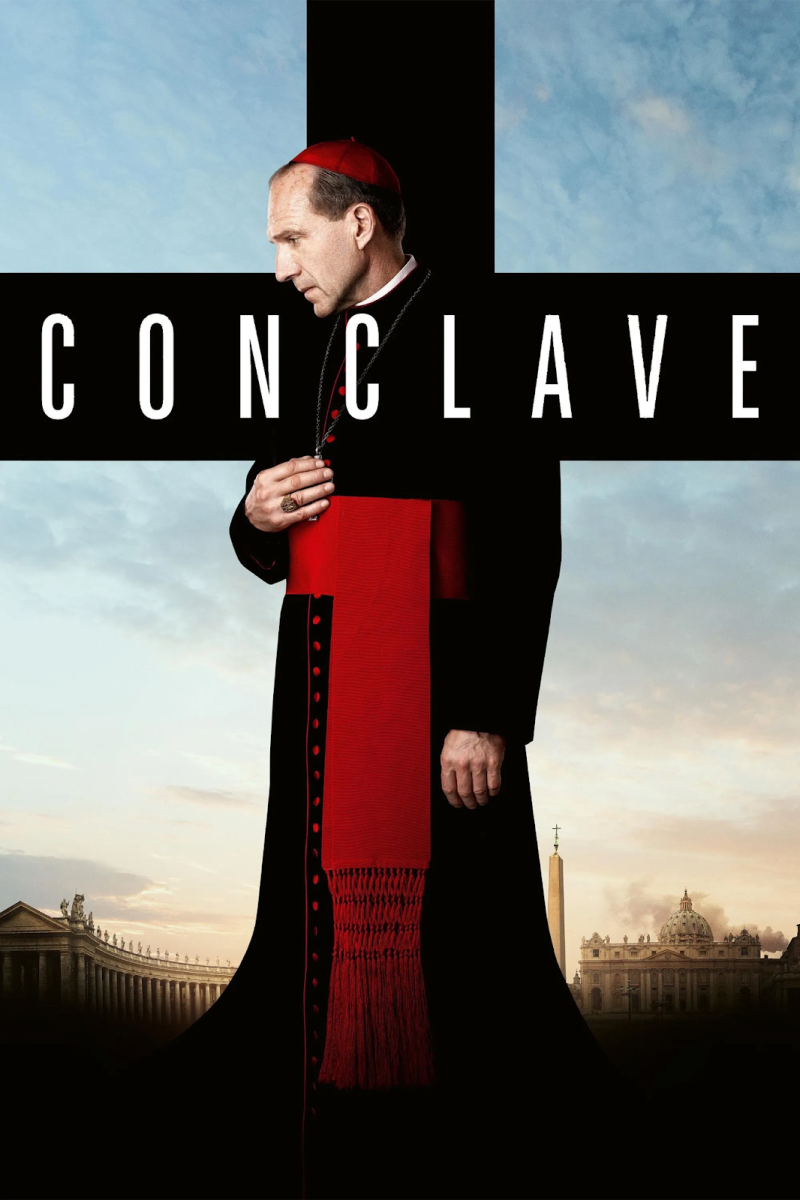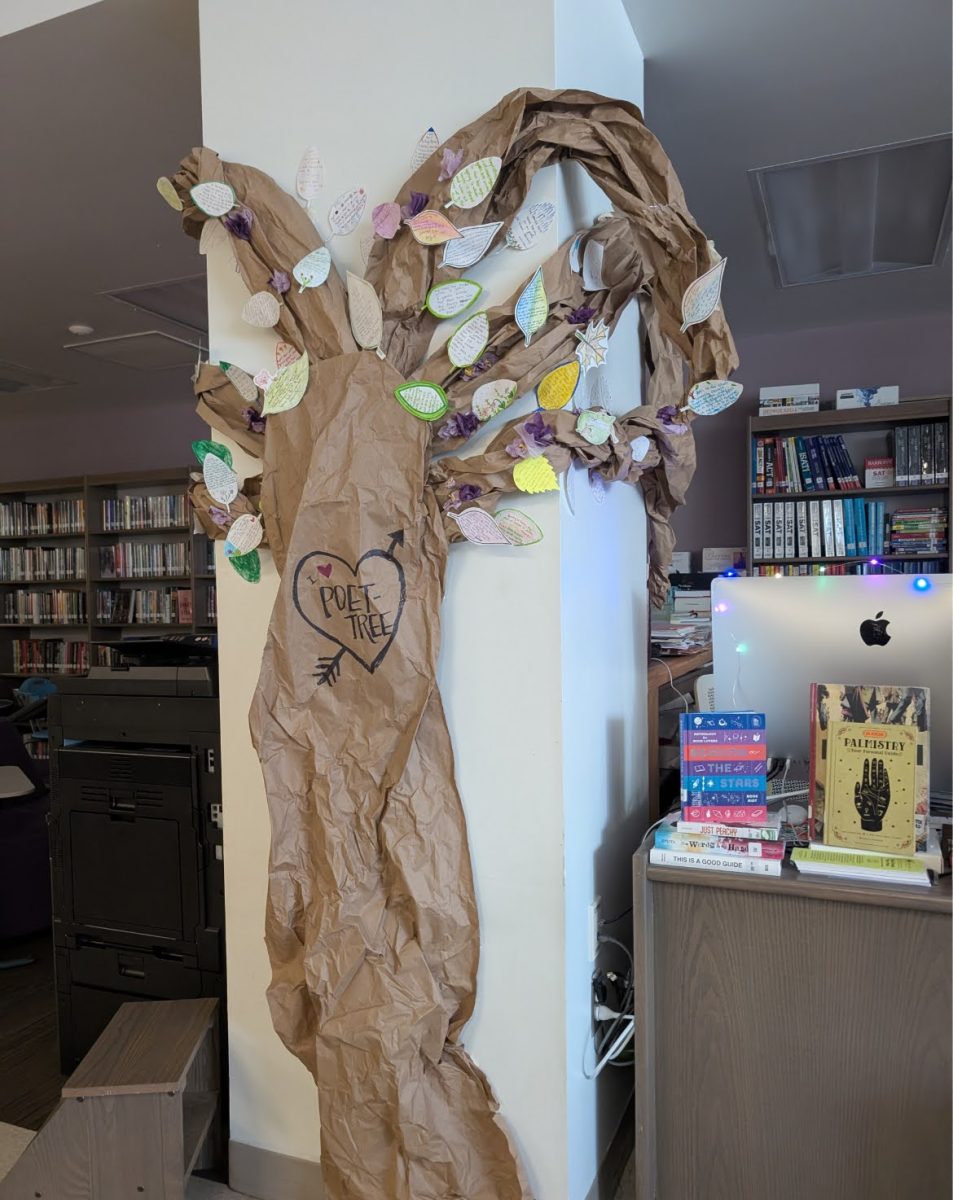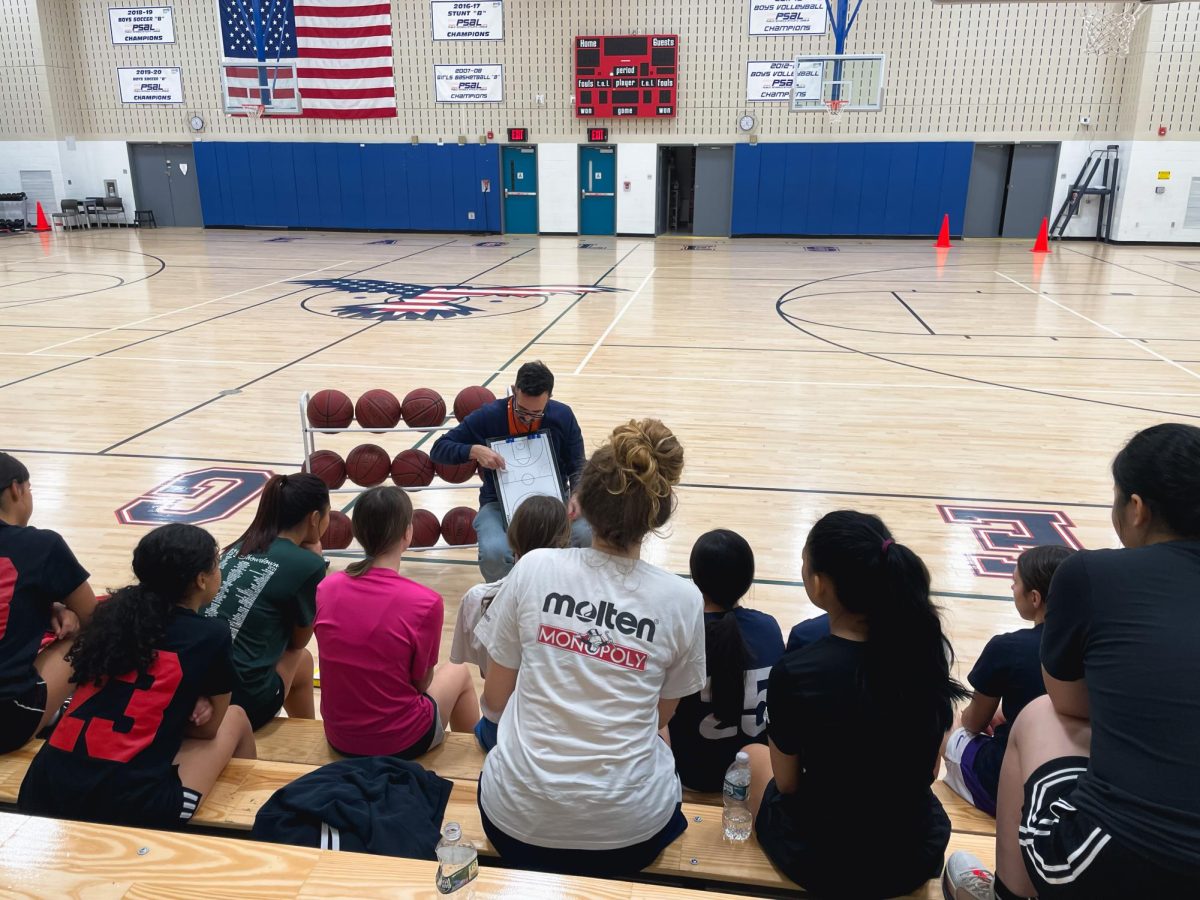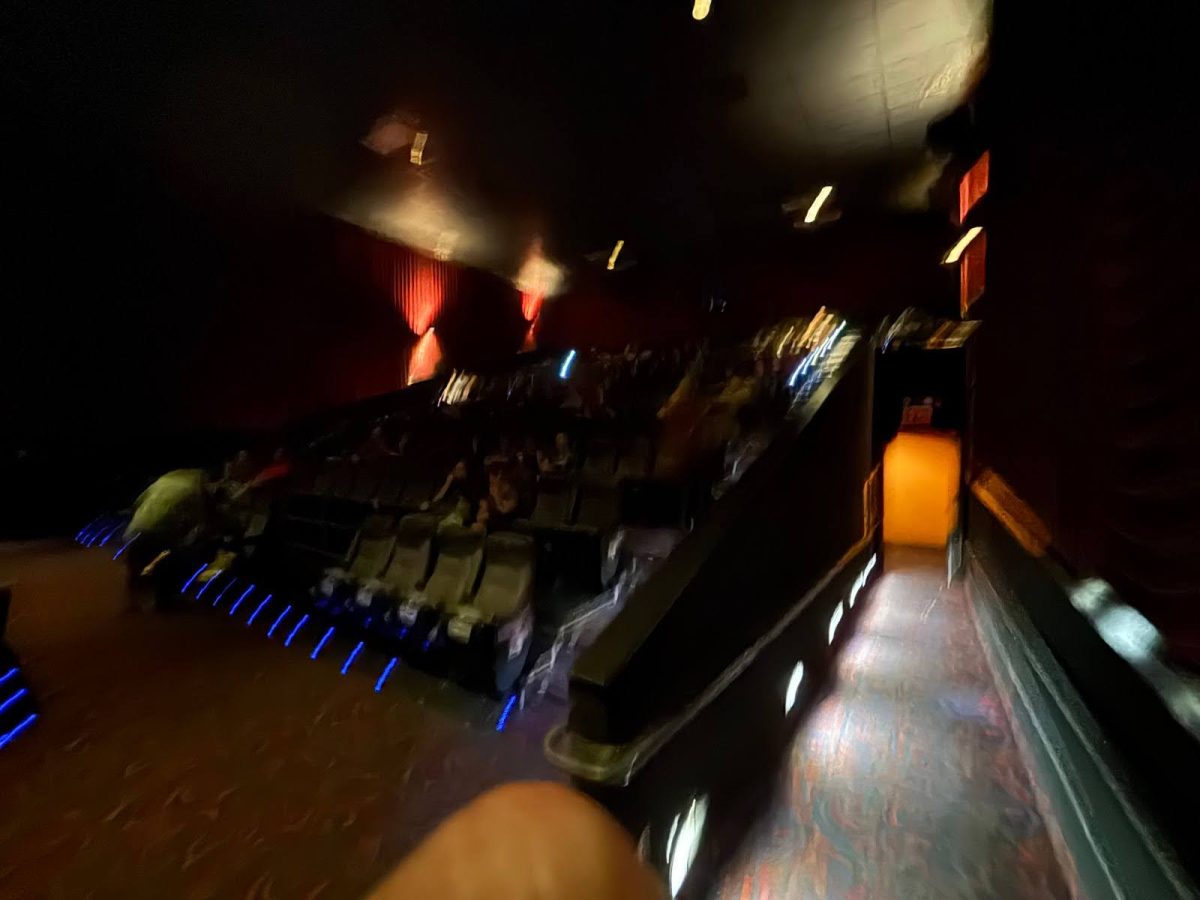With so many jumpscare horror films, it’s easy to miss brilliant ones like Alejandro Amenábar’s 2001 film The Others. This movie truly demonstrates that you don’t need to rely on special effects to make a lasting impression. With this movie, Amenábar’s third picture, he once again dazzled the globe. For four weeks it topped the box office in the United States and premiered at the Venice Film Festival in 2001, where it won eight Goyas, including Best Director, Best Picture and Best European Film.
Alejandro Amenábar has produced many stand-outs, including his first film, Thesis, in 1996. This Spanish horror-thriller film won countless awards at the 11th Goya Awards in 1997, including Best Film and Best New Director. Amenábar continues with the dark themes and thrillers that put his name on the map with The Others. Leading actress Nicole Kidman is hauntingly remarkable as the lead, and Alakina Mann is also an actress to note: in her first movie, she carries the ambiance and grace of a seasoned actress. Her character, Anne, is a very clever and aware child that quarrels with her mother and brother at times but does care about them deeply.
The Others takes place in post-World War II 1945, where Grace Stewart (Nicole Kidman) and her two children, Nicholas (James Bentley) and Anne (Alakina Mann), live on Jersey in the Channel Islands in a desolate and dark manor. From the beginning of the movie, things feel off-putting and creepy. This is definitely a movie you must see twice because there are so many little things that you miss. Even in the opening credits scene, you see drawn images of events that occur later in the movie. The credits scene in the beginning of the film manages to grab your attention immediately because of the haunting voice of Nicole Kidman when she says “Now children, are you sitting comfortably?” She begins to tell the story of Creation from the book of Genesis in the Bible. The Others makes you feel like you’re sitting at a campfire listening to someone share a ghost story and you know it’s going to be a good scare because the fire is crackling wildly and you’re already at the edge of your seat.
The movie officially starts with a horrifying, ear piercing scream from Grace that gets absolutely no explanation until later on in the movie. We then see three people walking up to the lonesome manor and Grace welcomes the three servants into the home. There is the older woman, Mrs. Bertha Mills (Fionnula Flanagan), an older man, Mr. Edmund Tuttle (Eric Sykes), and a younger woman, Lydia (Elaine Cassidy). Grace explains that the other servants had disappeared a week prior and that the “master,” Grace’s husband, went off to war a year and a half ago and she’s had no news since then. Throughout this exposition, the new servants seem extremely suspicious. The audience also learns that no door must be opened without the previous one being closed first. The children suffer from a dangerous and rare photosensitivity; they are forced to remain inside at all costs, away from the light.
The movie utilizes this sickness in a very skillful manner. The darkness makes you anxious and suspicious. It makes your blood pump and you wonder if there’s someone around the corner, what’s behind each door, if there’s something under the table. Amenábar expertly conveys this technique of feeling before seeing throughout the film. You feel stress, curiosity, and fear. The movie is mostly done in candlelight, which can symbolize many things and in the context of this film: it is hinted to represent Christianity and the light of the next world. Christians believe that candles honor God when His followers light candles. Grace uses the Bible as a punishment and enforcer of strict rules on her children. The candlelight helps the mansion itself become a strong character in the movie. Its claustrophobic rooms and dimly lit hallways add a sense of dread and mystery.
Another thing that absolutely deserves to be mentioned is the costume design. Every character is dressed in outfits that fit the time period of the 1940s. Throughout the movie, Grace is only dressed in dark colors, which are often used to depict aggression. Over time, her hair progressively becomes more disheveled, showing her grief and slow descent into madness. However, her children are dressed in lighter colors to symbolize their innocence, purity, and hope.
The Others continues to be a hauntingly poetic film depicting grief and the effect of war brought home by Nicole Kidman’s Grace. Amenábar said it himself in an interview when he described her, “crystal: something that could be very strong but could break at any moment” With an ensemble cast to draw viewers into the atmosphere, Kidman’s truly raw and vulnerable performance leaves audiences feeling as broken as her character. And the acting of the cast allows you to get lost in the atmosphere.
